
The Hatfields
On my father's side the Irish, English, and German strains in his ancestry follow somewhat different patterns, at least as far back as I have been able to trace them. Family histories are relatively hard to piece together because of reasons which will be developed.

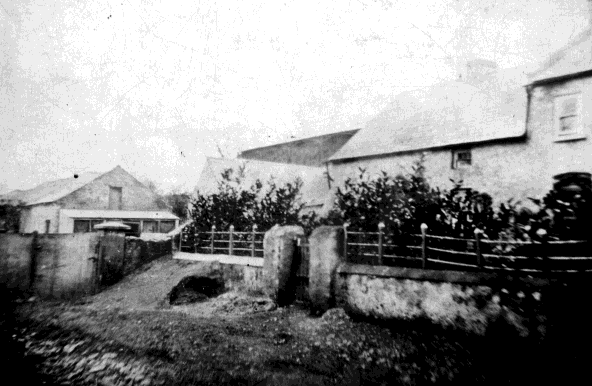
|
|
|
The furthest back I have been able to go on my paternal grandmother's side is to my great grandmother, Bridget O'Halloran. She was born in Ireland, in the county of Cork, in 1867. Her family, as may be expected, were Catholic. Their homestead was quite comfortable.
When the family of three boys and Bridget grew up, the oldest son, whose name I have not been able to ascertain, received the real estate and the other children received cash, in accordance with the customs of that time. The three young O'Hallorans then migrated to America in 1885, Bridget being 18 at the time. They settled in Chicago. John O'Halloran had stopped enroute in England and had married an English girl. Bridget's other brother, Bernard, although he did not become a priest, was deeply committed in his devotion to the church and never married.
Soon after she arrived in Chicago, while she was only 18, Bridget O'Halloran met and married Leslie Leonard Clark, a man almost 20 years her senior, and not of her faith. The O'Hallorans disapproved strongly of this marriage and an estrangement ensued which persisted down through the years, and even after Bridget's death.
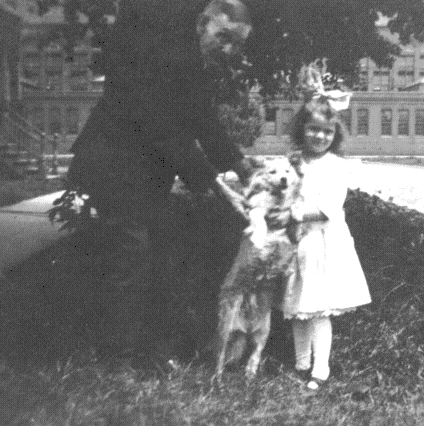
|
|
|

|
My great grandfather, Leslie Leonard Clark, of English, French, Dutch, and Canadian stock, was born in 1848 in Ogdensburg, New York.
His father, Gilbert Clark, had settled in Ogdensburg after coming from Massachusetts. An engineer, he had come down in about 1835 to work on a project for enlarging and improving the Erie Canal. The Gilbert Clarks were substantial citizens in the community and Leslie, along with two other sons, was educated in a local, private, Protestant academy. He rebelled against the intellectual atmosphere of his family, left school, and became somewhat of an agnostic. From then on his life was a series of scattered episodes, different business ventures and occupations. One of his early experiences was a stay in Canada, not far from his border home of Ogdensburg, where he owned and operated a sash and door factory. From there he came back to upper New York, left the woodworking field, and bought a hotel and bar in a "wet" county which was surrounded by "dry" counties. This "sure bet" business venture failed because three months later the country voted to go "dry." This failure not only consumed his capital, but also gave him a habit which was a shadow over the entire rest of his life - an addiction to John Barley corn. Among his other ventures was a short-lived period as one of the early professional baseball players who played without a mit. Eventually he went west, became a skilled carpenter and was an early and ardent participant in the union movement in Chicago. Because of Leslie Clark's peripatetic business ventures and leanings towards agnosticism, his family, like the O'Hallorans, disapproved of his marriage in 1885, at the age of 37, to the young Catholic girl of 18, Bridget O'Halloran. The Clark family cut ties with Leslie and never resumed them. One of his brothers became a Texas Ranger and the other a banker in Denver.
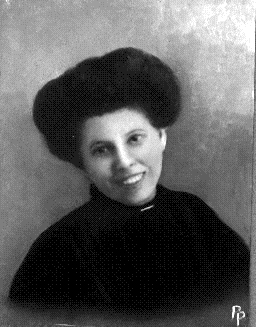
|
|
|
Although Leslie Clark converted to Catholicism at the time of his marriage to Bridget O'Halloran, his agnostic nature soon came to the fore and he did not practice actively in his new faith. During the years from 1885 on he became ever more and more active in the union affairs and at one time was treasurer of the Carpenter's Union of Chicago. Strikes were frequent and bitterly costly to the strikers and their families. There were little or no funds for strikers to fall back on and there were no state unemployment compensation plans. Families eked out a bare existence during these strikes and the Clarks were no exception. Bridget O'Halloran would take in washing and hire out as a domestic when her husband was out on strike. During the sixteen years of their marriage they has five children, one of whom died in infancy. At the birth of their last child, a daughter, Bridget contracted puerperal fever and died within two weeks, in 1901, at the age of 34. The family dissolved at her death. My grandmother, Anne, and her sister, Genevieve, were placed by their father in a Catholic orphanage, St. Joseph's in Chicago. Leslie Clark had decided that it was impossible to keep the little family together without a wife and he could not afford a full-time housekeeper. He kept Walter, the only boy, to raise the best that he could. The infant girl, Betty, was placed in a foster home.
When Anne Clark was 16, she went to work as a "cash girl" in a Sears and Roebuck store, carrying money from the chief cashier's office back and forth to the various clerks situated throughout the store. For this job she was paid $1.50 per week and she had to live a frugal existence. She walked every day from the orphanage to work and her lunch consisted of applesauce and a few slices of bread which cost her a nickel.
She was ambitious, and as soon as she was eighteen and could leave the orphanage, she went to work at the Ravisloe Country Club, located on the outskirts of Chicago. The young Anne Clark worked at the Country Club as a waitress; she boarded there, and on her day off, would take a train into Chicago and clean and tidy things up for her father and brother.
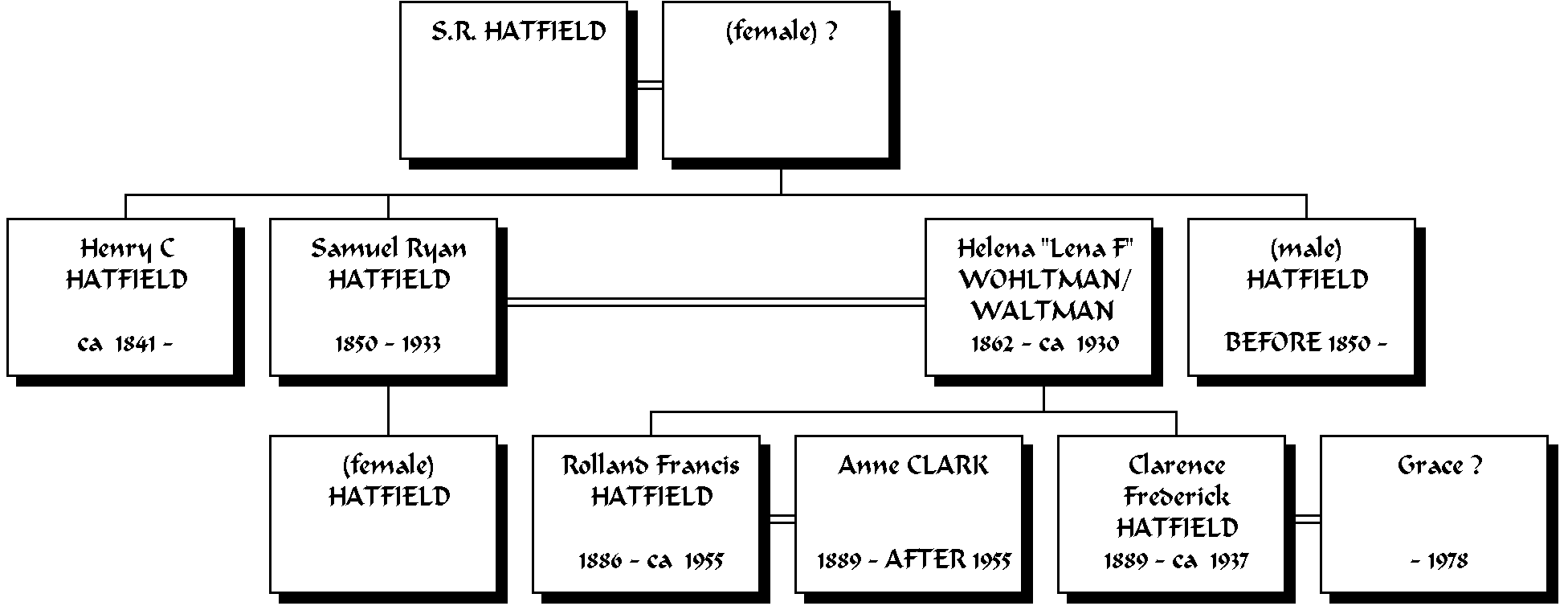
In the summer of 1909 she met Rolland Francis Hatfield who was working as a bookkeeper at the country club, and in September of the following year, when she was 20 and he was 23 they were married.
Few records were apparently kept on the Hatfield family. General family knowledge seems to indicate that they originally lived in England. The descendants who came to America settled in New York. From there, the family broke up into two branches. When the Revolutionary War broke out some of the Hatfields sided with the Tories. This branch went to Canada during and after the Revolutionary War. Some of them eventually went west during the gold rush days of the 1840's and settled in Oregon and California.
The second and perhaps most famous in folklore and song went to West Virginia where the Hatfield-McCoy feud came into being as part of our history. Some of this group later migrated into the Ohio River Valley and farmed. My great-grandfather, Samuel Ryan Hatfield, appears to have come from this branch, although there seems to be no recorded information about his forbearers.
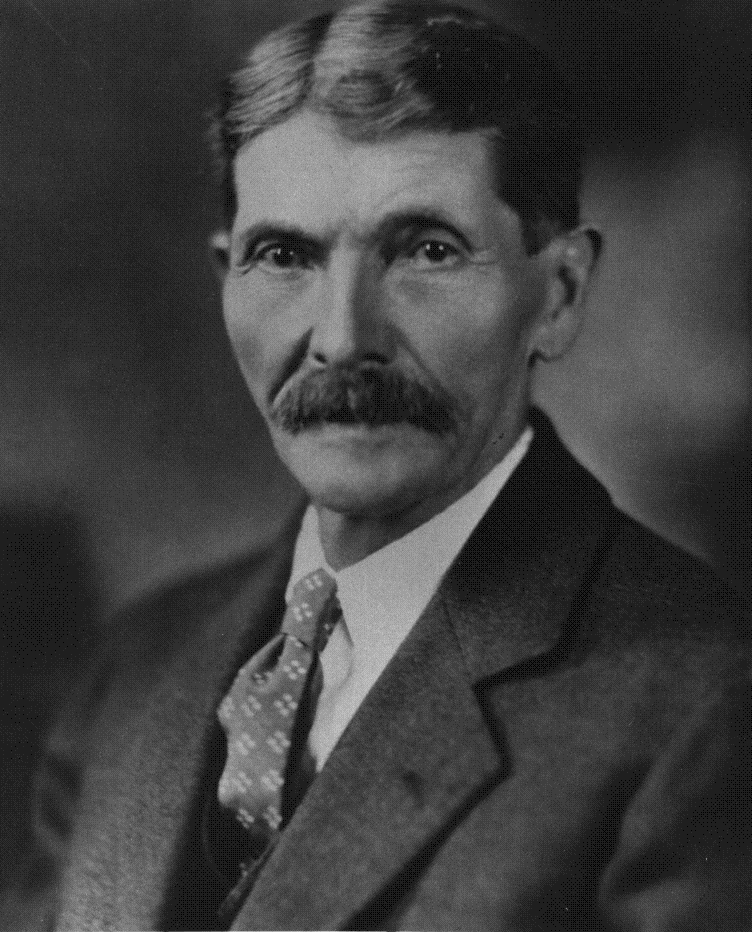
|
Samuel Ryan was born on October 4, 1850, too late to serve in the Civil War, as did his two older brothers. One of these, Henry C. Hatfield, my great, great-uncle who was ten years older than Samuel Ryan, served in the Union Army as a member of the Volunteer Infantry. He enlisted July 20, 1861, when he was 20 years old, as a private and was assigned to Company C of the 32nd regiment. This company was mustered in at Camp Dennison, Ohio on August 31, 1861. Henry C. Hatfield was wounded May 8, 1862, in the battle of McDowells, Virginia. His regiment took part in 22 battles and was captured once - on September 15, 1862 in the defense of Harper's Ferry. They were paroled, sent to Annapolis, then to Chicago and Cleveland. They were exchanged January 12, 1863. Not long after that, they took part in the siege of Vicksburg from May 18 through July 4, 1863. A family treasure is a tiny wooden book which was carved by Henry C. Hatfield at the end of the siege during the time which his regiment did garrison duty at Vicksburg from July 4 until February 1864. The book was carved from a part of the tree under which Pemberton and Grant sat when Pemberton surrendered Vicksburg to Grant. This is a historic event of great significance since this particular surrender meant that the entire length of the Mississippi would be in the hands of the Union, and the Confederacy would be separated from Texas and other aid from the West. This was virtually a turning of the war.
Henry Hatfield became a corporal on September 23, 1864. He served for four years and was mustered out with his company at Louisville, Kentucky on July 20, 1865. It is interesting to note that, during service, this regiment had five officers and 99 enlisted men killed and mortally wounded and two officers and 143 enlisted men died because of disease. Any records of subsequent events in this great, great-uncle's life have been lost. All that we know is that he was married twice, but had no children. He gave his younger brother, Samuel Hatfield, the service medal which he received.
Samuel Ryan left the family farm in Ohio after a minimal education and worked in his youth and early manhood as a lumberjack. In the early 1880's, Samuel married Helena Waltman while he was still in Ohio.
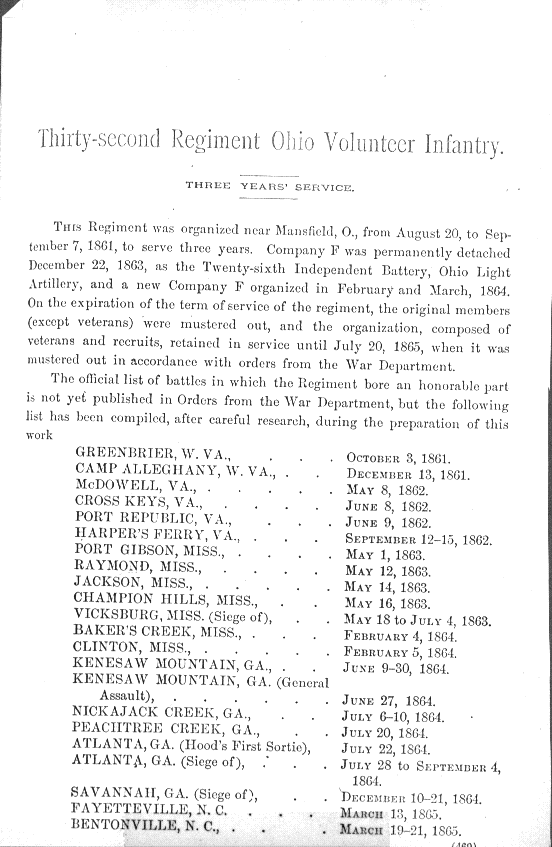


Helena Waltman was born in 1862 in Bremen, Germany. When she was twelve years old, with her father, a sister, and two brothers, she came to America in a sailboat which took six weeks to cross the Atlantic. The family settled in Van Wert, Ohio.
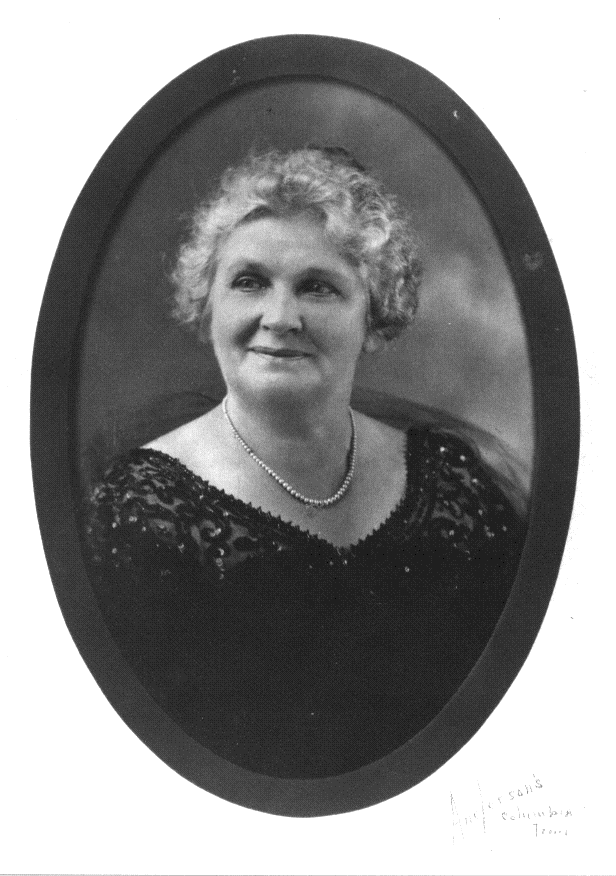
|
After his marriage, Samuel Hatfield continued his rather itinerant life as a lumberjack, moving up to Michigan as the lumbering industry opened up there in the 1880's. Their first child, Rolland Francis Hatfield, my grandfather, was born in 1885 in Elsie, Michigan, a small town in the upper Michigan lumbering region. Helena named the first child Rolland, after a bugler in Napoleon's army who made the mistake of blowing advance rather than retreat and caused the victory in that particular battle for the French. Her interest in history and literature accompanied a deep interest in good English. Although she was not a native American and only possessed limited formal education, she spoke with excellent diction.
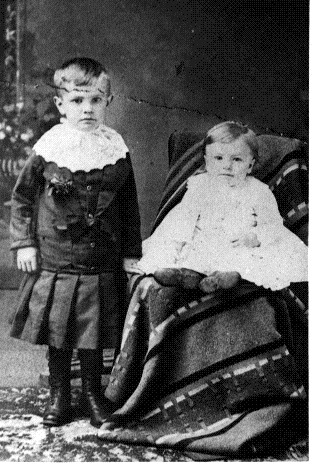
|
| Rolland Francis and Clarence Frederick Hatfield |
Four years later, with the birth of the second child, Helena decided that the income of a lumberjack was not enough and she took a correspondence course in practical nursing and worked in this capacity for the larger part of her life. The decision was also made, shortly thereafter, to go into farming as a more stable way of life in which to raise the two boys. Indiana appeared to have a more prosperous farmland than did Michigan at that time, so the Hatfields became tenant farmers near La Porte, Indiana.
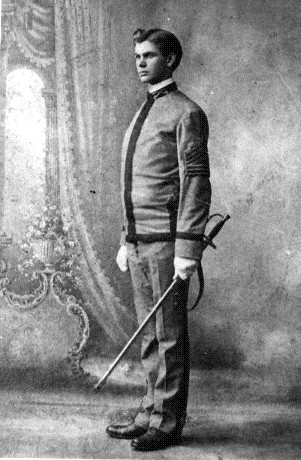
|
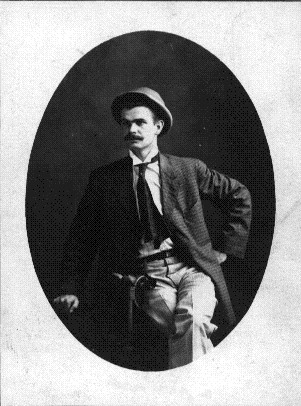
|
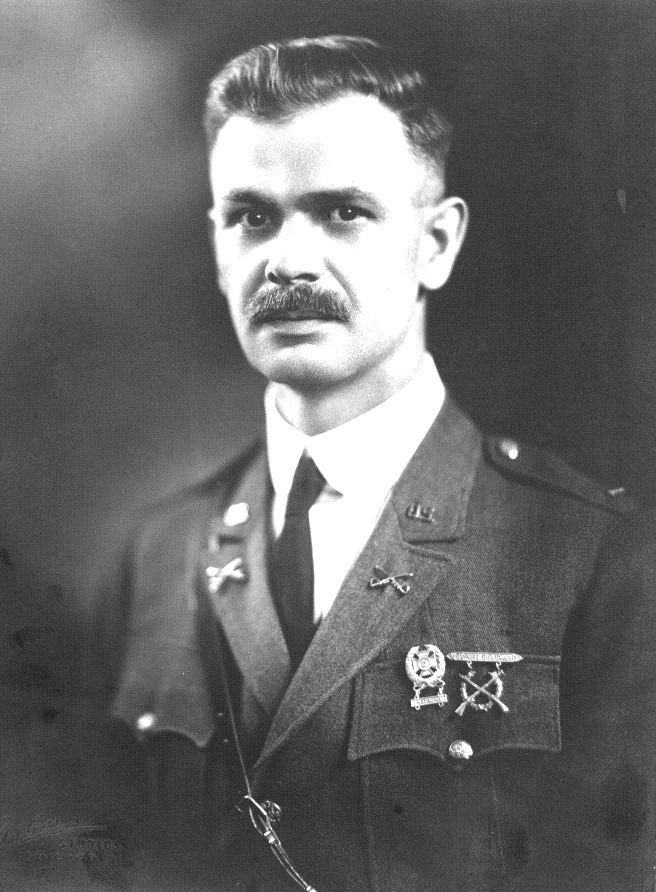
Rolland Francis Hatfield about the time of WWI |
Here my grandfather and his brother spent their childhood and youth. My grandfather was an excellent student in Latin, English, and math, and thoroughly enjoyed the ROTC training he received. His imagination had been roused by the Civil War experiences of his uncle Henry and by the romantic origins of his own name. He graduated as a second lieutenant in the reserve. After graduation from high school, Rolland went up to the big city - Chicago - in order to seek his fortune. His parents had acquired some capital and they purchased a farm in Coffee County, Tennessee.
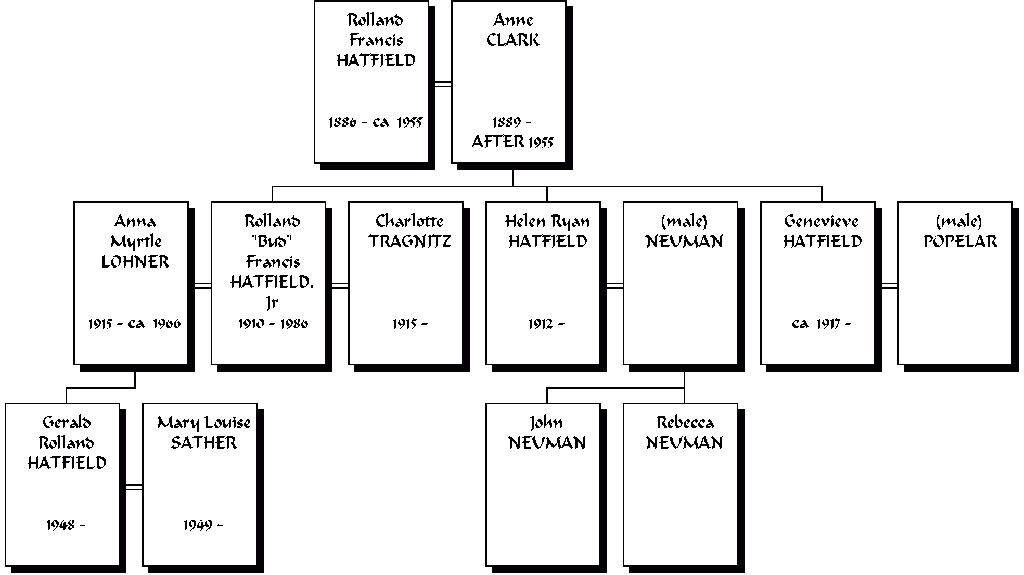
After his marriage to Anne Clark in Chicago in 1908, my grandfather, Rolland Francis Hatfield, wanted more secure work than that afforded as a bookkeeper in a country club. He became a complaint and adjustment correspondent for Montgomery Wards and Company.
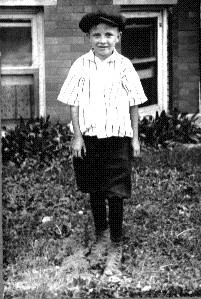
|
| Rolland Francis Hatfield, Jr. |
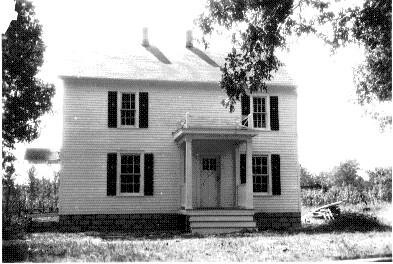
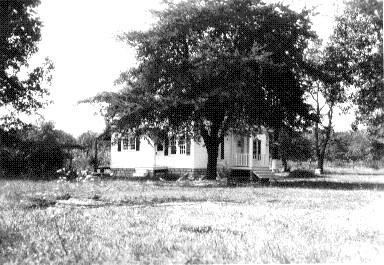
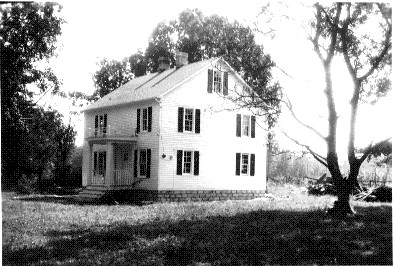
|
|
|
The young couple proceeded with the uncertainties of growing enough tobacco, sorghum, and chickens on these 40 acres to support themselves. The thin, red, clay soil of the area was too great a short-coming; it was too worn from many previous years of one-crop cotton farming. On top of this, there were worse problems: their first year was too dry and the crops failed; the second was too wet and the crops were drowned. Rolland Hatfield, my grandfather, then went to Chattanooga by himself to supplement his almost non-existent farm income by working for a railroad. In 1917 the decision was made to leave the South and return to Chicago and the family was reunited. This would insure a better education for their children and a more stable economic underpinning.
At that time my grandfather went to work for the Western Electric Company, where he continued for 30 years until he retired in 1946. He always retained his enthusiasm for the military and in 1917 he joined the Cavalry Reserve. Only the responsibility of a new daughter and the other two children kept him from volunteering for service in World War I. For many years his marksmanship rating with the American Rifle Association was his chief hobby.
Both my grandparents had developed the desire to see their children receive the education that neither of them had had. They wanted to see their children enjoy the advantages of special training which would bring with it more economic security as well as wider horizons. Their desires were well-realized. My father was graduated with honors from the University of Chicago, where he met my mother in 1935, after being elected to Phi Beta Kappa. He later received his Master's Degree and Bachelor of Laws and became an attorney. His youngest sister, Genevieve, followed exactly in his footsteps in 1941. She turned to a profession also, receiving two graduate degrees in the field of counselling.
My grandfather was further pleased to see his son receive the military record which he himself had been denied. Rolland Francis Jr. volunteered for service in World War II, entered the Army Air Corps in 1942, and was discharged in 1946 as a major. His most interesting experience was a year in Japan as a member of the army of occupation, serving on General MacArthur's staff.
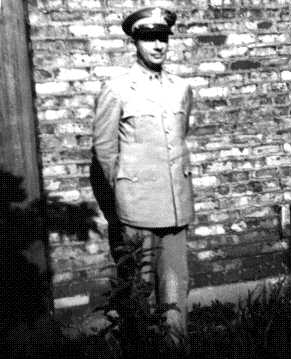
Rolland Hatfield, Jr. at the time of WWII |
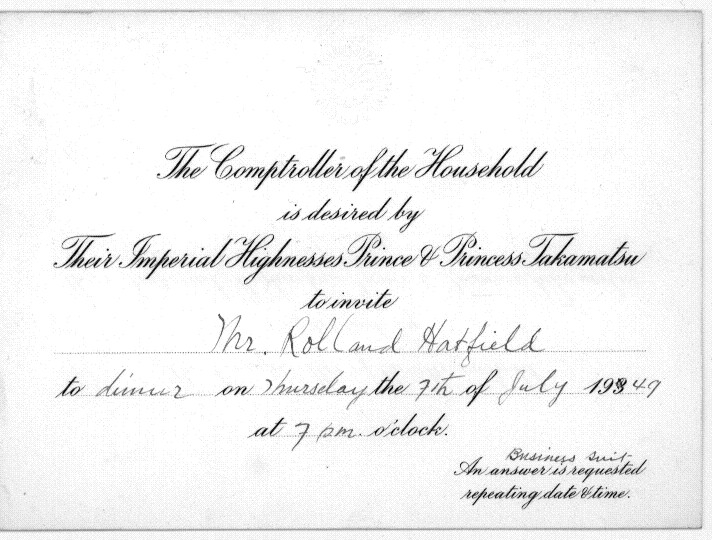
Invitation from the Royalty of Japan to Rolland Hatfield, Jr. |
Much of the financing of the children's education came through the keen eye and natural artistic bent of Anne Hatfield, my grandmother. During the depression years in Chicago, when salary cuts and no payments for long hours of overtime characterized my grandfather's job, she proceeded to start an antique business where she demonstrated her knack for finding valuable pieces. From such activities she not only helped to finance their children's college education, but also was able to furnish the large country home in Shelby, Michigan's cherry country, to which Anne and Rolland retired in 1946. Here they truly enjoyed the rural life to which they had turned so romantically when they were first married 40 years before and which had failed them then.
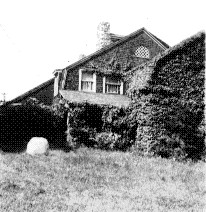
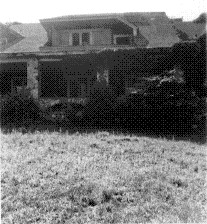
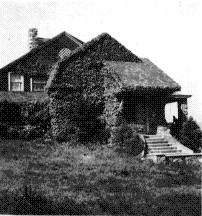
|
|
|
Note: The above is from a family history written while in high school. I am still formatting some of the photos, documents and footnotes for this page. The text has not been significantly changed from the original document although substantial additional information has been found. This information will be inserted as addendums following this note as I can get it formatted. - Jerry Hatfield

Except as noted, foreground and background images are original photos from Minnesota by the webmaster.